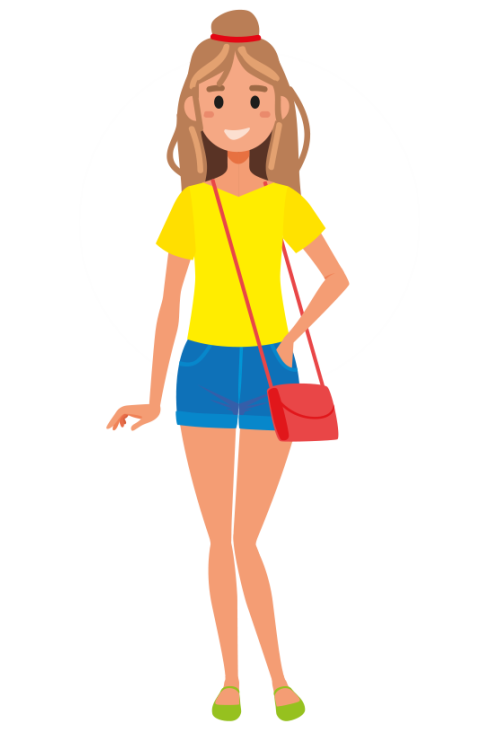#BetterLighting in our lives, whether we are at home, in our school or offices or on the street, is about having the right light, at the right time, and in the right place.
Light is life. Yet so often we simply take light for granted. Light allows us not only to see and to navigate our surroundings, it also helps us feel good, it helps us function better.
With these pages, we in LightingEurope want to showcase all that lighting can do – from the well-established energy savings that modern lighting technologies offer, to the less widely known benefits of the non-visual aspects of lighting. We have gathered facts and figures from studies spanning various disciplines – even the 2017 Nobel Prize for Physiology/Medicine is linked to how light impacts our body.
Our hope is that we will each become more aware of how we are surrounded by light and why #BetterLighting is important.
We invite you to join us on this journey to see light… in a different light. Happy reading!

Emma

Christine
